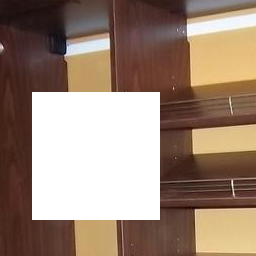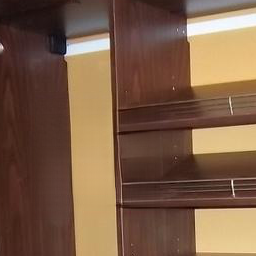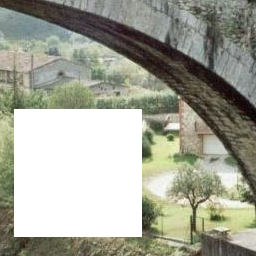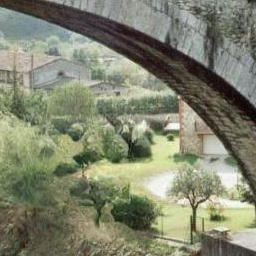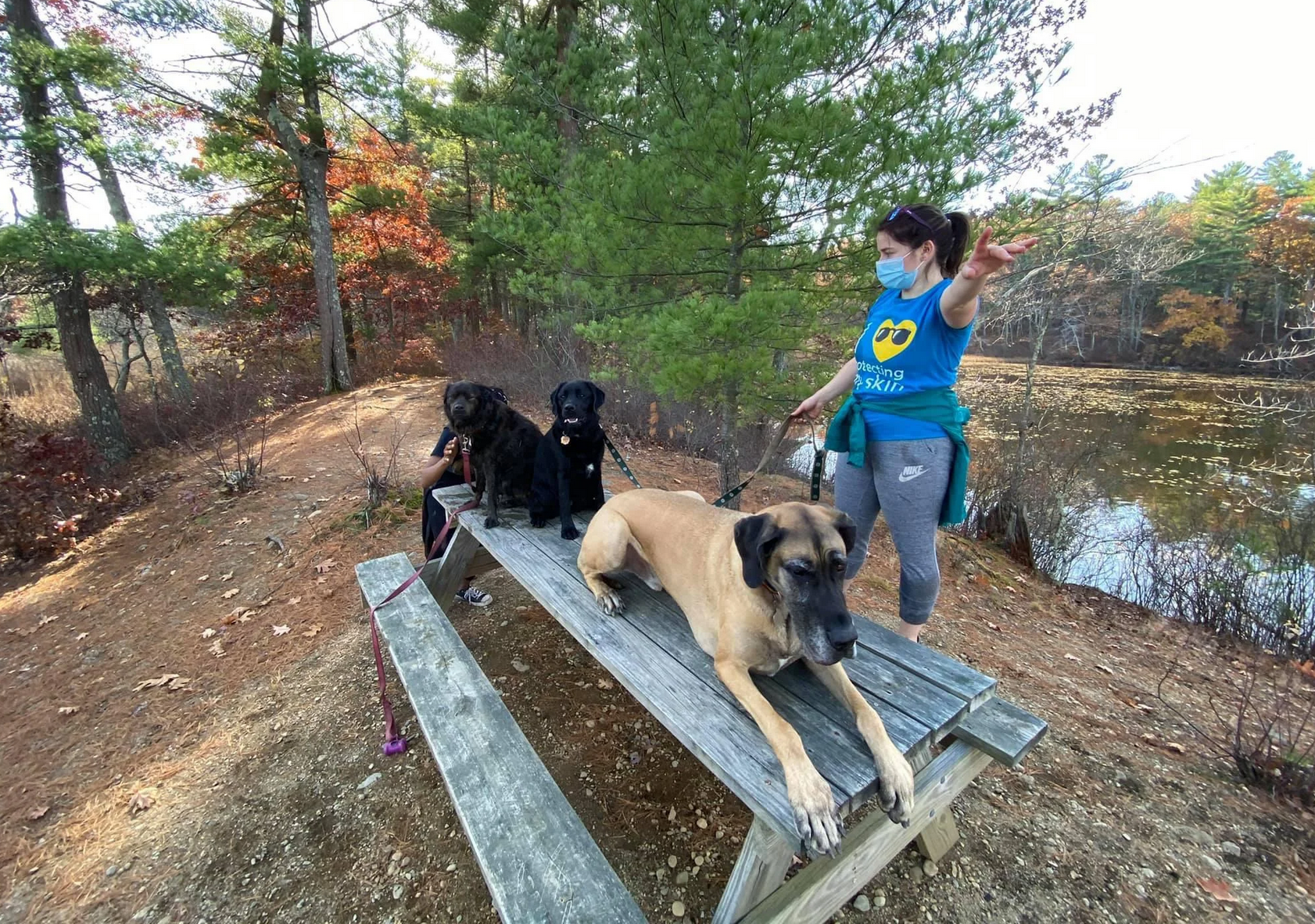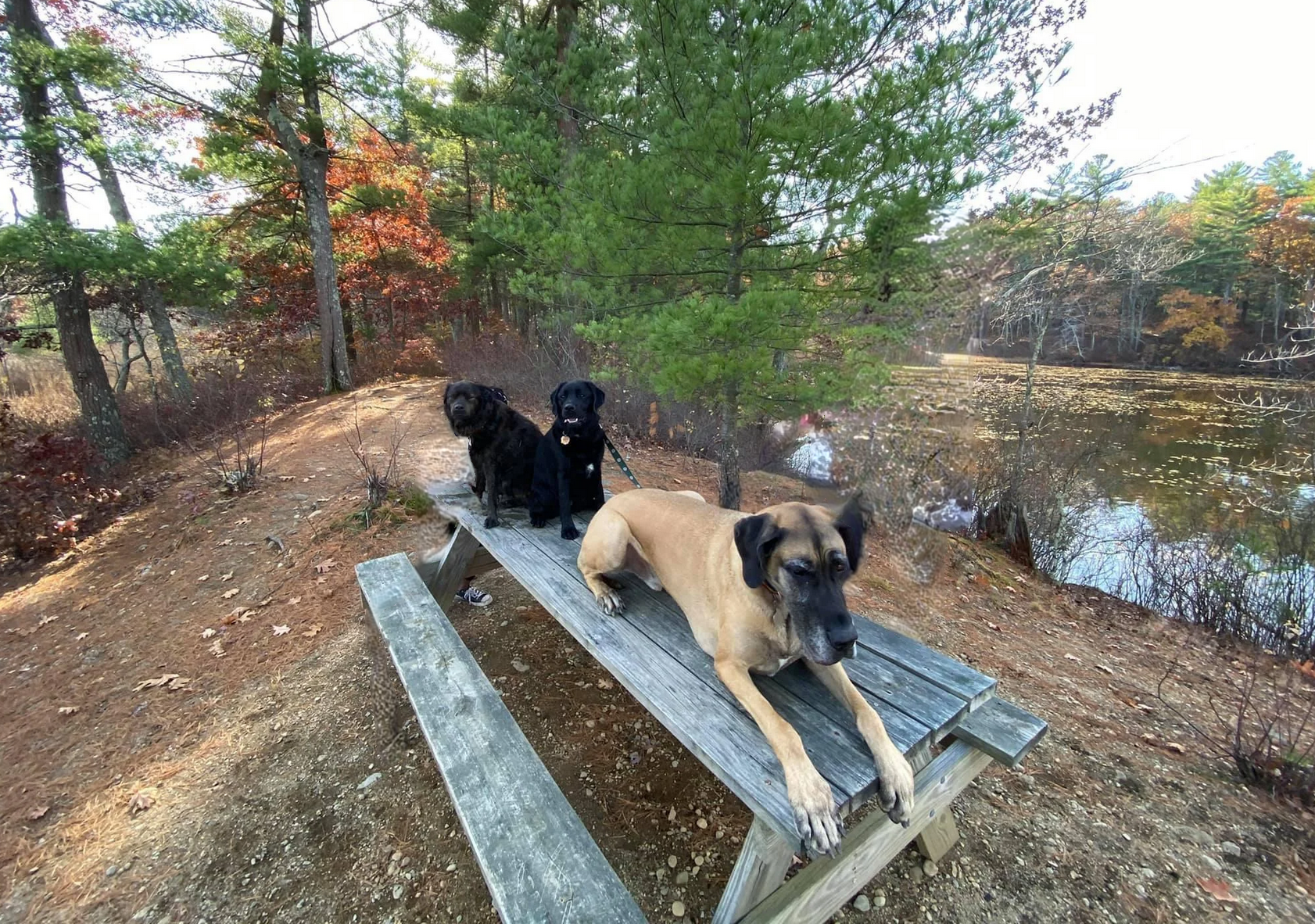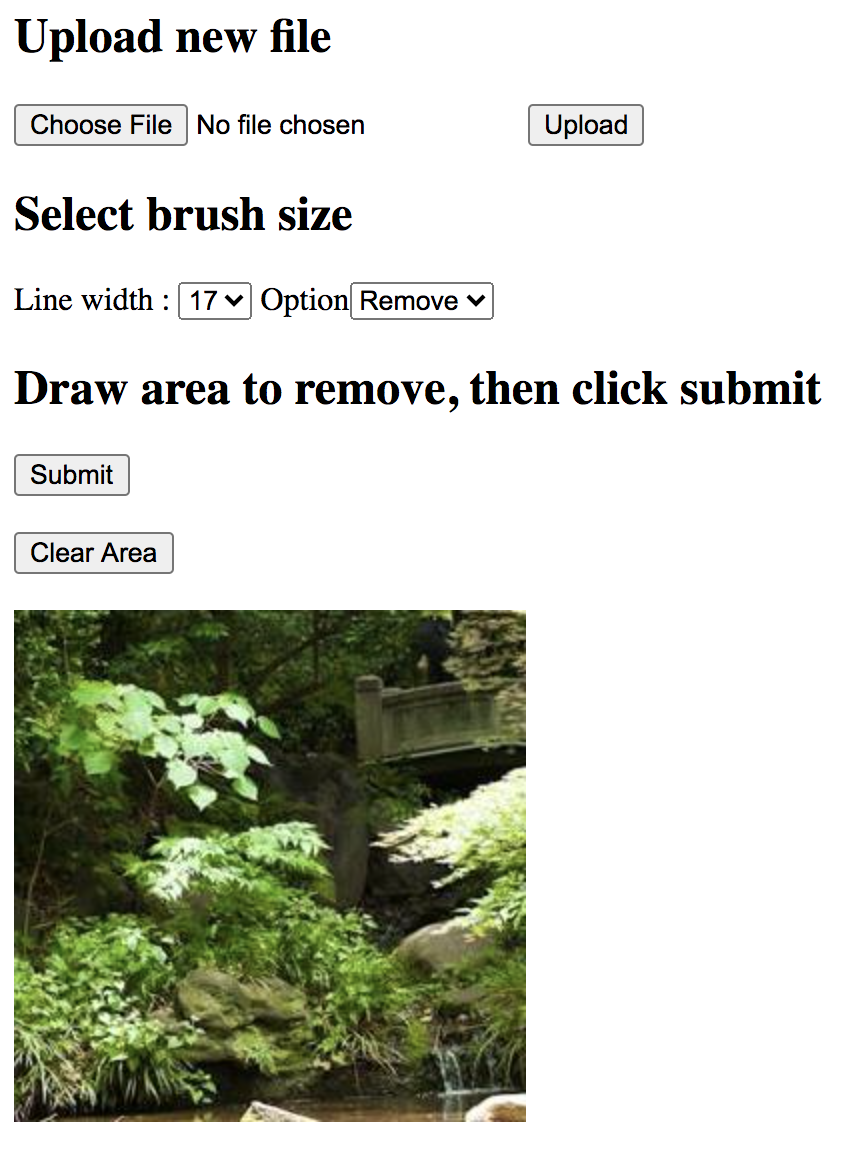Usage | Web App | | Paper | Supplementary Material | More results |
code for paper. This repo (including code and models) are for research purposes only.
- Download code and model
git clone --single-branch https://github.com/zengxianyu/crfill
download model files and put them in the ./files/ directory
- Install dependencies:
conda env create -f environment.yml
or manually install these packages in a Python 3.6 enviroment:
pytorch=1.3.1, opencv=3.4.2, tqdm
- Use the code:
with GPU:
python test.py --image path/to/images --mask path/to/hole/masks --output path/to/save/results
without GPU:
python test.py --image path/to/images --mask path/to/hole/masks --output path/to/save/results --nogpu
path/to/images is the path to the folder of input images; path/to/masks is the path to the folder of hole masks; path/to/save/results is where the results will be saved.
Hole masks are grayscale images where pixel values> 0 indicates the pixel at the corresponding position is missing and will be replaced with generated new content.
📣 📣 The white area of a hole mask should fully cover all pixels in the missing regions. 📣 📣
For your convinience of visualization and evaluation, I provide an inpainting APP where you can interact with the inpainting model in a browser, to open a photo and draw area to remove. To use the web app, these additional packages are required:flask, requests, pillow
Then execute the following:
With GPU:
cd app
python hello.py
Without GPU:
cd app
python hello.py --nogpu
After that, open http://localhost:2334 in the browser
To use the adjusted model for high-res inpainting (specifiy the option --nogpu to run on cpu```):
python test.py --opt nearestx2 --load ./files/model_near512.pth \
--image path/to/images \
--mask path/to/hole/masks \
--output path/to/save/results \
By default, the Web APP selects from the two models based on the image size. The adjusted model will be used if the short side >= 512. To mannualy specify the model used in the Web APP:
cd app
python hello.py --opt nearestx2 --load ./files/model_near512.pth
or
cd app
python hello.py --opt convnet --load ./files/model_256.pth
The auxiliary network (used during training) is defined in networks/auxiliary.py. The full training code will be released after paper accepted.
